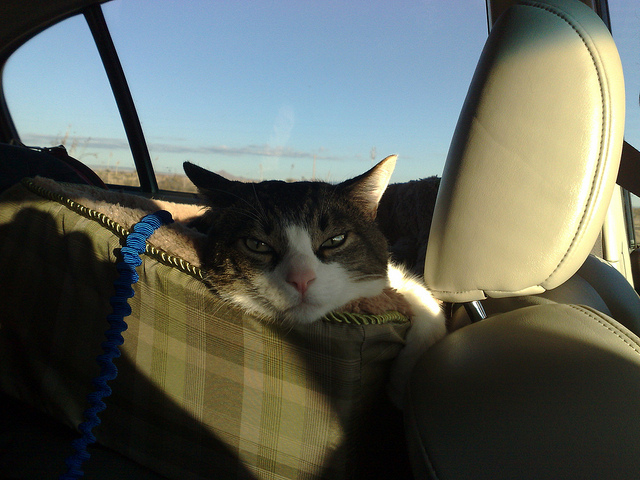Wagon cars, or estates, have an extended roof over the back part of the car, allowing more space for luggage and other items. The rear seats should fold down fully and there is generally easier access to the boot. While large, they can also be some of the best cars for young drivers, who may often find they are moving from house to house on a frequent basis or holidaying with groups of friends, as well as for families.
Estate cars don’t always automatically translate into vehicles with exceptional boot space, however, so it pays to do a little research on capacity if this is important to you. Previously seen in purely practical terms, many people now buy estates for reasons of style. To many, “sportwagons” convey an active family lifestyle but don’t actually need to deliver on the main reason for which estates were designed. In some cases the boot is even smaller than their saloon equivalent, for example the Volvo V50 which holds a whole 90 litres less than the S40 saloon.
Wagon cars have seen increasing competition in recent years from people carriers and 4x4s. While people carriers offer more seating and headroom, 4x4s combine off-road ability with style and practicality. But both can be costly to buy and run, as well as being somewhat awkward to manoeuvre at times, so estates remain popular.
Some wagon cars are especially roomy when it comes to boot space. Amongst the most generous is the Mercedes-Benz E-Class with 695 litres (1,950 with seats down). Other vehicles with over 500 litres capacity, with the rear seats up, include the Skoda Superb (633 litres, 1,833 with seats down), the Skoda Octavia (610 litres, 1,740 with seats down), the Volkswagen Passat (603 litres, 1,731 with seats down), the Audi A6 (565 litres), the Hyundai i40 (553 litres), the Ford Mondeo (537 litres, or an impressive 1,733 with seats down), the Peugeot 3008 (512 litres) and the Vauxhall Astra (500 litres). The Citroen C5 Tourer, Mazda 6 and Toyota Avensis also all have spacious boots, with or without the seats down.
With such a range of cars on offer, it should be easy to find one that meets your needs in all other areas as well as boot capacity. Some wagons are certainly easier to handle, park and manoeuvre than others, all of which can sometimes be a concern with larger cars. Another issue with bigger cars is fuel efficiency, so always check this out in advance as it can vary significantly between cars of quite similar size and style. While some wagons are definitely designed with comfort in mind and lend themselves to long journeys, others with a more sporty aspect can be quite hard drives. Take a few different models on a test drive to get a feel for their smoothness and noise and vibration levels. Other factors to consider are whether you want a petrol or diesel engine (petrol cars are generally speedier and better overall performers, while diesel engines are more economical), affordability and special features such as cruise control (handy on long journeys).
One last thing to remember is that boot capacity is not the only indicator of luggage space. If you need additional space, you could opt for roof rails (many estates have these fitted as standard or you can select them as an optional extra). These are great for transporting luggage in roof-top boxes or items such as bicycles and kayaks. Wagon cars may also have extra storage under the floor.

